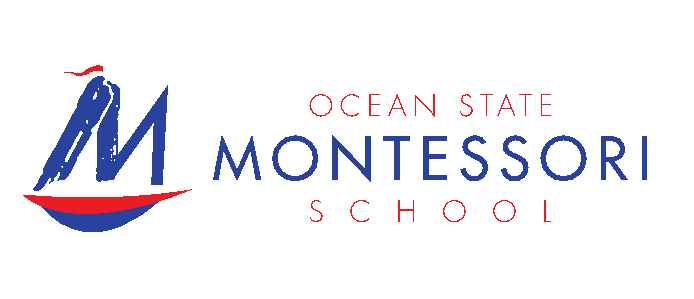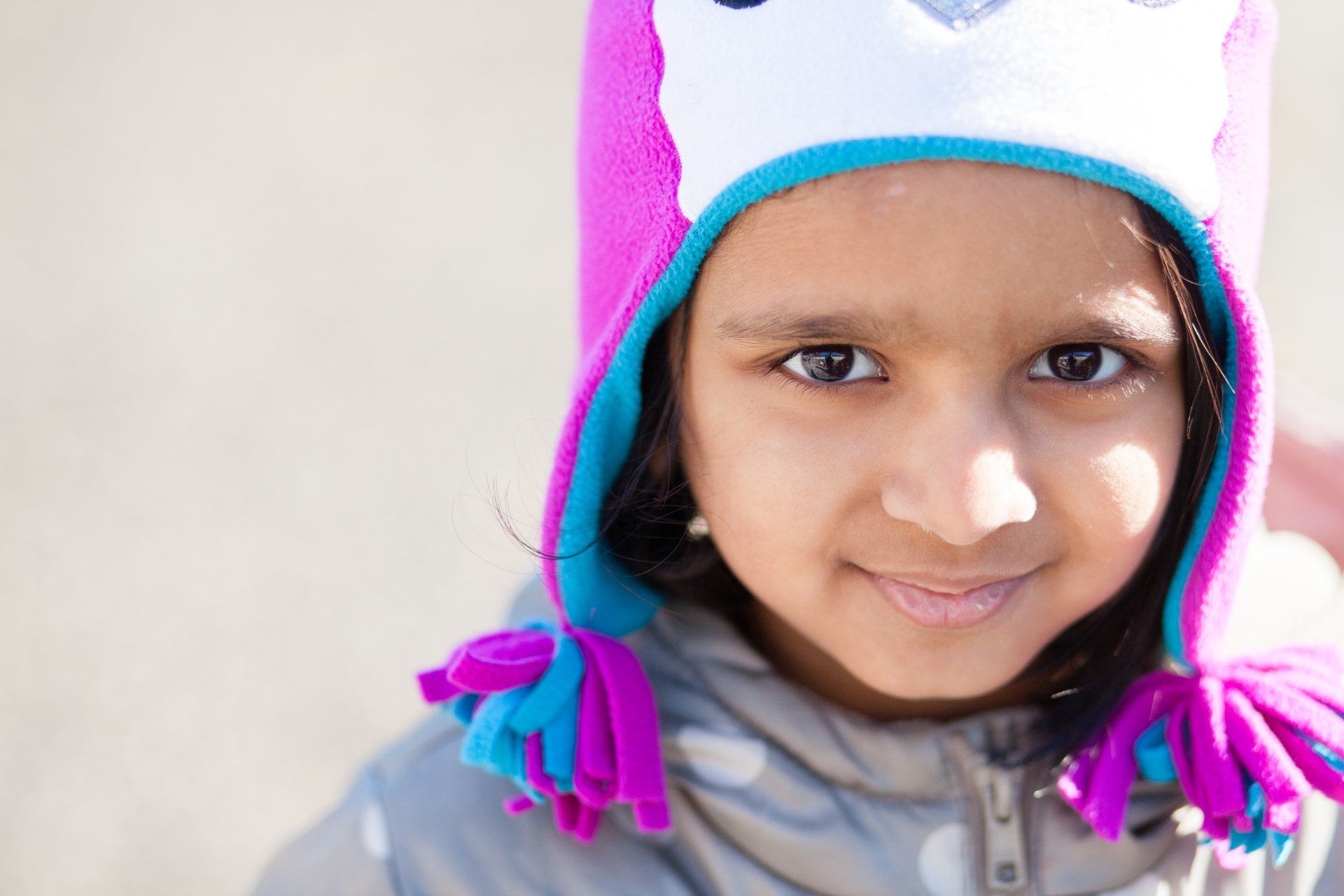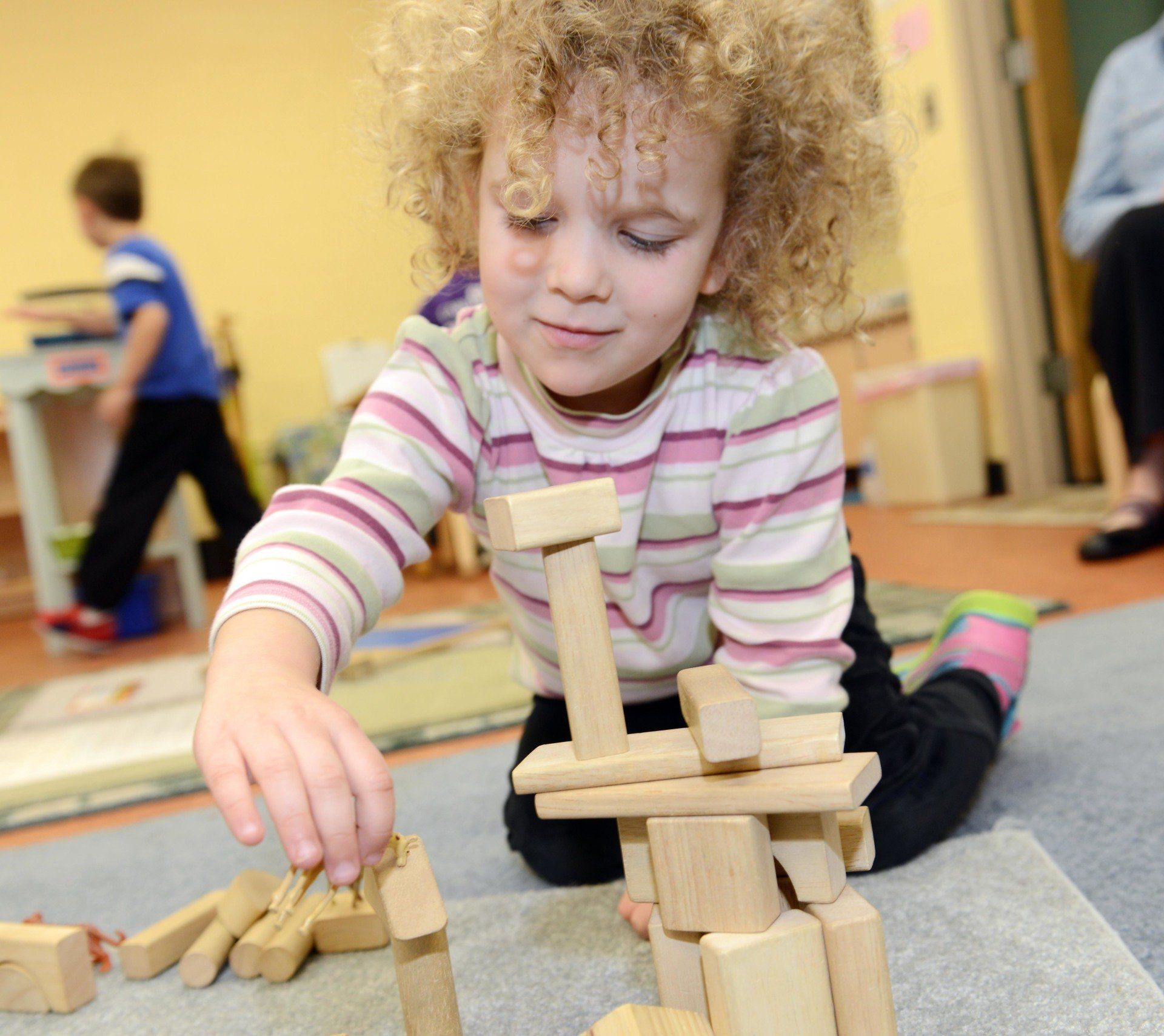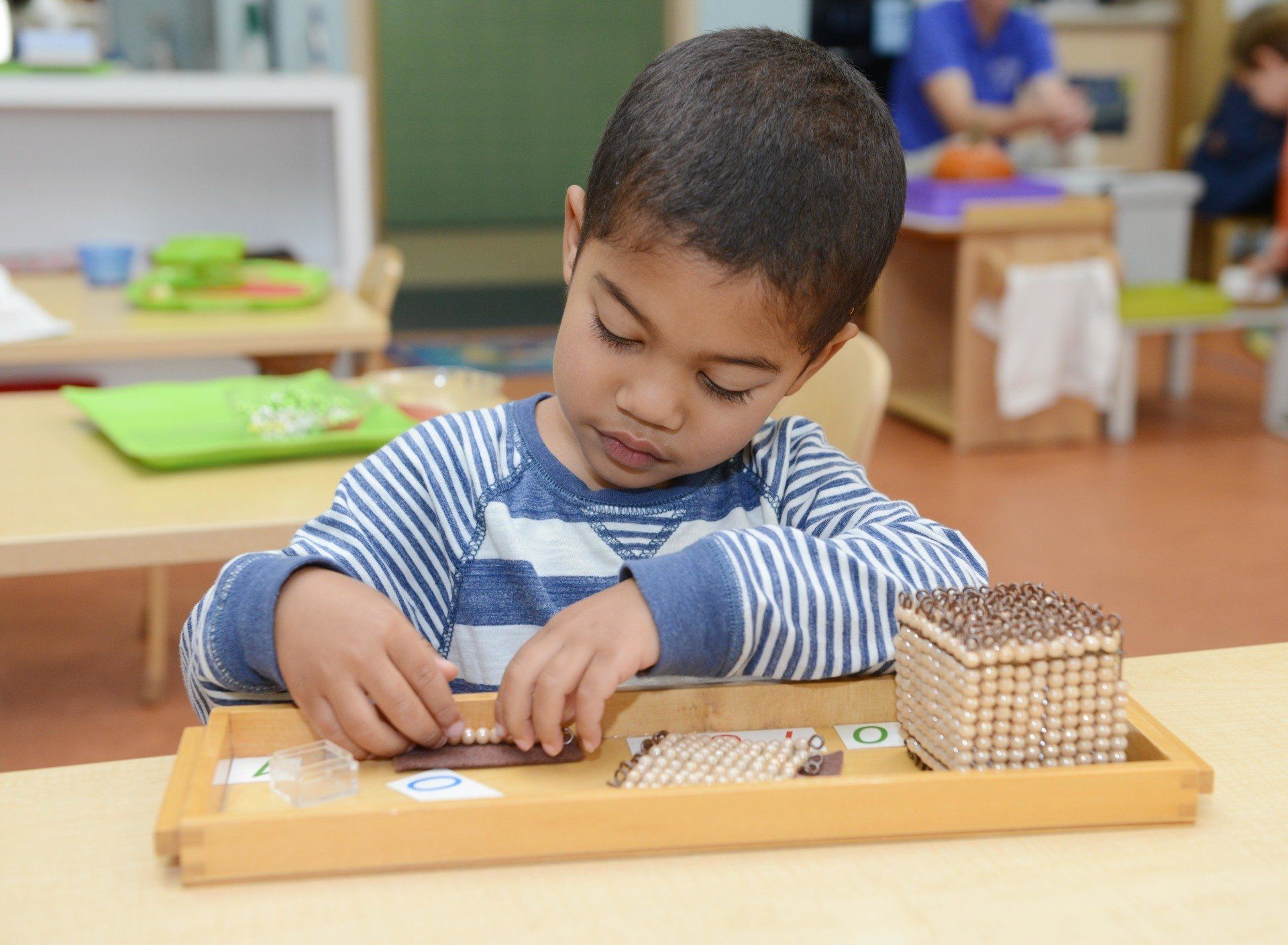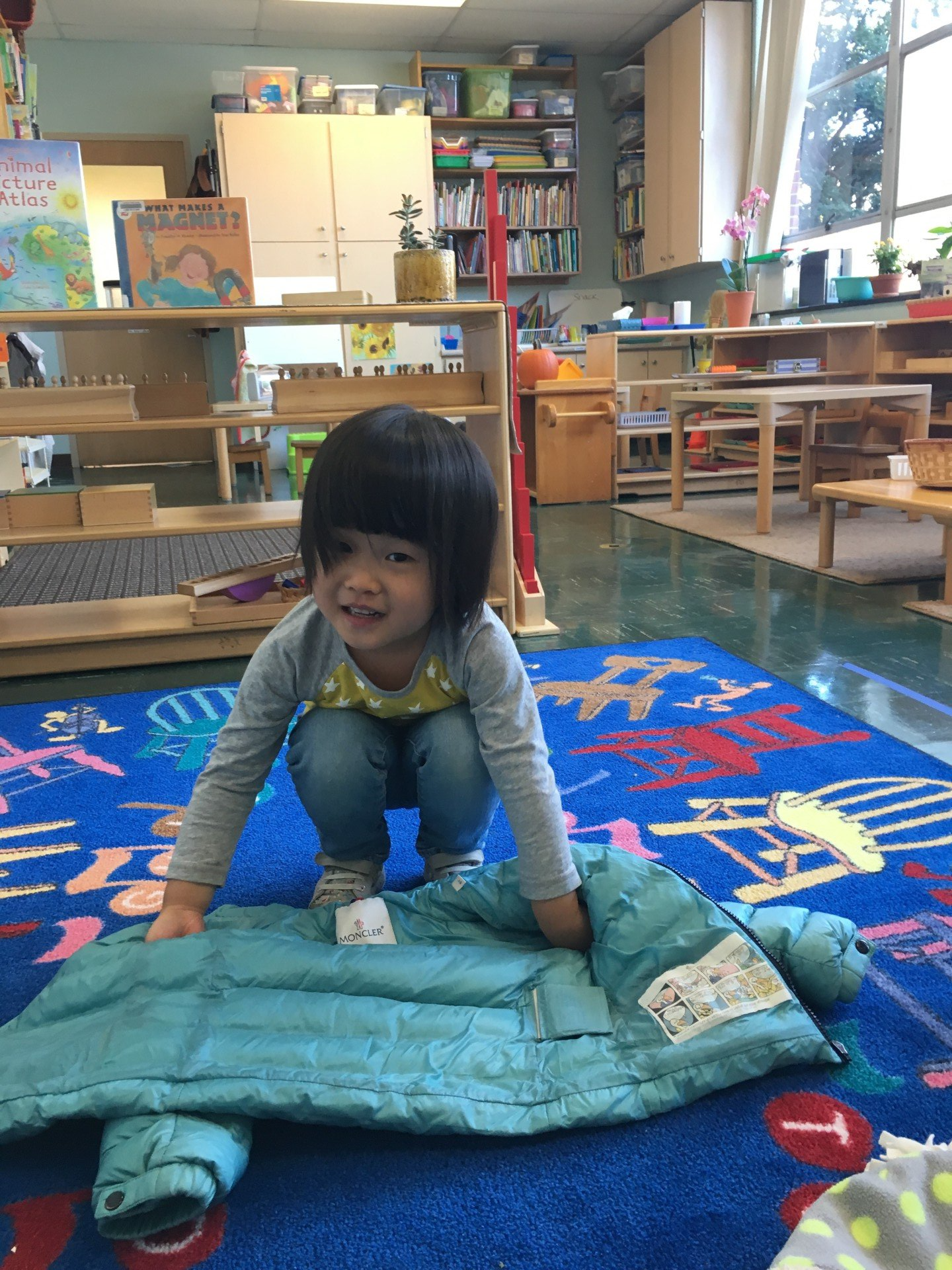Screen Time and Your Child
- By Robert "Mr. Bob" Short, Upper Elementary Lead Teacher
- •
- 12 Dec, 2017
- •

Eating five Snickers bars is inadvisable and will probably make you feel a bit ill. Perhaps child regrets their ill-advised spree and go back to the fruits and vegetables the next time they are hungry. The child eats a lime and discovers that it isn’t as pleasantly sour as that apple flavored lollipop. What was once the subtle flavor of the banana doesn’t seem to taste like anything at all. Nor does the apple taste sweet. The effort of opening up a pomegranate or pineapple which once piqued their curiosity and whetted their appetite now seems numbingly inconvenient.
One of my favorite pleasures as an educator is to impart an idea to children of what it was like to live in different times or places. In a recent discussion in the Upper Elementary room, some students were shocked to learn that sugar was not a common foodstuff until the 19th century. “So their food wasn’t ever sweet?” a student asked. I explained that they thought their food was sweet when they had honey or fruit. They simply didn’t know what they were missing.
Many times while studying history with elementary students a student will bring up previous generations’ lack of television or video games. It is an understandable reaction; screen time has become as integral part of their live just as cane sugar has, and with similarly complicated consequences.
As the rate of technological and social change quickens, the truth is that gadgets and their use are changing faster than scientists and sociologists can study their effect.
It is clear, however, that screen time has measurable effect on the social, physical, academic, and emotional lives of children. In the new guidelines by the American Academy of Pediatrics, the hard limits are as follows: No screen time for children under two. For children 2 to 5, less than one hour. It gets more complicated for older children. “Children today are growing up in an era of highly personalized media use experiences,” they write, “so parents must develop personalized media use plans for their children.”
As adults, our thoughts and reactions are to a degree determined by the neural pathways we’ve reinforced by repeated use. It is for this reason why frequent complaining leads to a more negative mindset. It is why our negative reactions to stress are so difficult to root out. Conversely, it is for this reason why practitioners of silent contemplation, meditation, and prayer report a great inner calm.
Now, imagine the mind of a child, incredibly plastic and still under construction. The pathways they use now are already developing into what will become the most well-worn and easily travelled paths in their mind. If the child’s entertainment diet is passive and of low quality, that may contribute to certain problematic attitudes in the classroom. Foremost is the idea that fun is effortless and gratifies instantly. Difficult tasks are not seen as opportunities for growth but as unpleasant obstacles to be avoided.
The Mayo Clinic notes that, “it's crucial to monitor the shows your child is watching and the games or apps he or she is playing to make sure they are appropriate. Avoid fast-paced programming, which young children have a hard time understanding, apps with a lot of distracting content, and violent media. Eliminate advertising on apps, since young children have trouble telling the difference between ads and factual information.”
Just as we humans love fatty, salty food due to our primordial craving for those two rare nutritional needs, we love distraction, gossip, and vicarious violence. Our interest in novelty and the lives of others were once the advantages of our long ago ancestors that allowed them to excel as humanity raced out of the horn of Africa to explore the world. Those same qualities, deep and dormant in our brains, are what keeps us and our children glued to screens until we turn off the blue light late in the evening and wonder why we can’t sleep.
This is no accident. The companies that make apps and video games are using this knowledge of neuroscience to design addictive programming. For children, that means making things faster, brighter, and louder. It means replacing humor based on language and context with non-sequiturs and silly voices. It replaces the metaphorical and the analogical with the literal. In short it replaces engagement with frontal brain function with tickling our basest instincts.
It is this kind of programming a child was thinking about when they told me recently that they didn’t like movies because they were too long. If a movie is too long, what will they think of a novel?
From a teacher’s perspective, the three things that screen time largely replaces is reading, sports, or unstructured play. The importance of the first two is beyond question, but first a word on unstructured play: it is the fancy scholarly term for what happens when you are consumed with some task and you look out the window to see your child playing with the cat, the neighbor, two rocks, and a stick. Whether or not there is supervision it is child-driven, child-planned, and child-centered. There are no rules, or if they are rules they are made up on the fly as two or more children learn about collaboration, communication, and compromise in real time. It is a child’s social education. For a child of 2-5 years old, it is at least as important as reading.
For the older children at our school, the most important task is that they develop a love of reading and the practice of it. Reading builds the knowledge of vocabulary and spelling which frees up time for that student to focus on other interests during the school day. It improves memory and analytical thinking skills. It assists the child’s development of focus and concentration. In the Montessori classroom this is called “normalization”. The normalized student is not bored or overwhelmed but can assert their own will to learn on their own terms. In the home this could simply be a child who is comfortable with silence.
How does one reduce and control screen time in their own home? There are as many answers to that question as there are students at the school. What is essential, though, is for the child’s parents to agree on a plan for their child’s diet of screen time and to cooperate in firmly enforcing the limits which are set. The child may be bored at first, and that is okay. The cultivation of the ability to endure boredom is linked to the practices of patience and tolerance. They may devour a book or go turn over rocks looking for bugs. They may count the bumps on the popcorn ceiling. It is okay. It is in that quiet that our truest natures reveal themselves. It is where we can hear the still, small voice of our conscience. Not everything good is easy. Not everything good is loud.
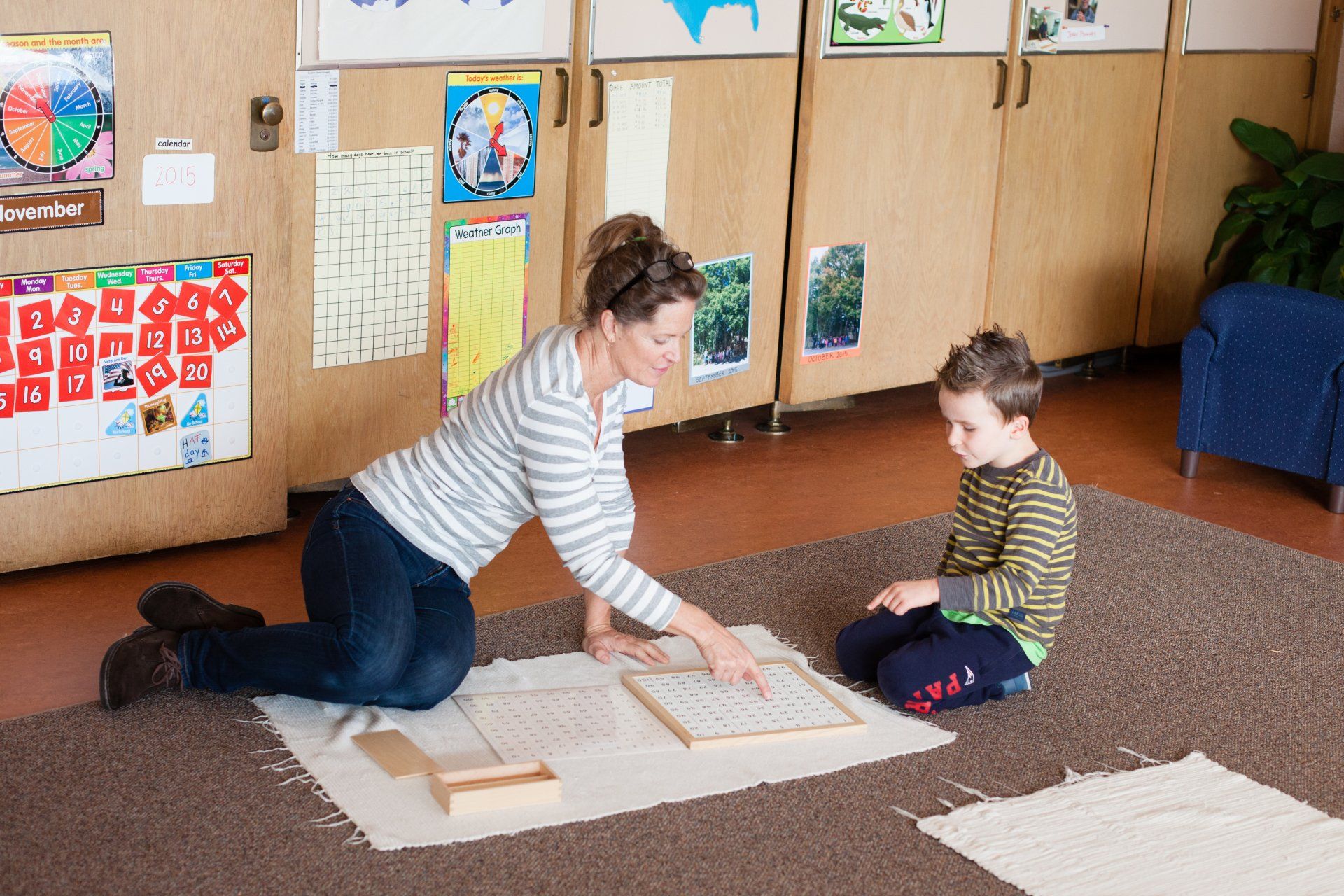
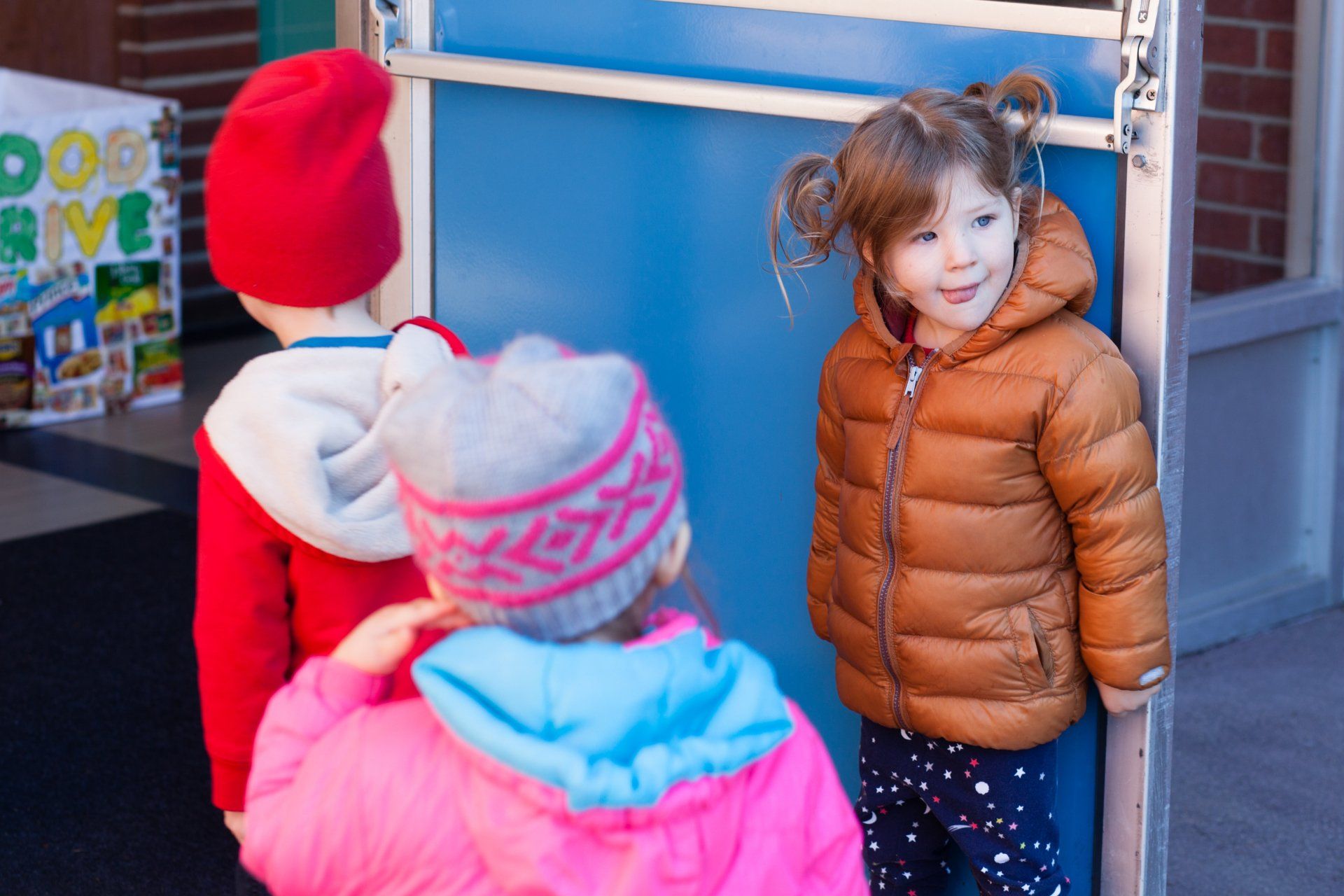
I have labels on all the spice jars in my pantry. I might not use half of those spices, but they look really nice on the shelf, and when I find out someday how to actually use marjoram, I’ll know just where to find it.
We just had our first Parent Education Night of the school year...and we all wore our labels.
My dogs have labels, in case they get lost.
We are a society that labels. We label for identification, for clarity, for advertisement purposes, for bragging rights (“I’m a big sister!” tee shirts).
In a classroom, labeling makes the difference between finding your child’s jacket (that he left on the playground) hanging neatly on his hook rather than having to dig through the lost and found basket. Labeling means that your child will not be frustrated by trying to put her classmate’s size 4 boots on her size 6 feet because they are both the exact same shade of hot pink. Labeling means that everyone who brings in black snow pants from LL Bean will be able to put on the right ones even in the mass confusion that is “getting ready for recess” in the winter time. Labeling means the right Knuffle Bunny goes home with the right child.
So please label everything that you can—coats, hats, sweatshirts, boots, shoes, slippers, maybe even socks, and underwear. But not your kids; we really do know who they are!
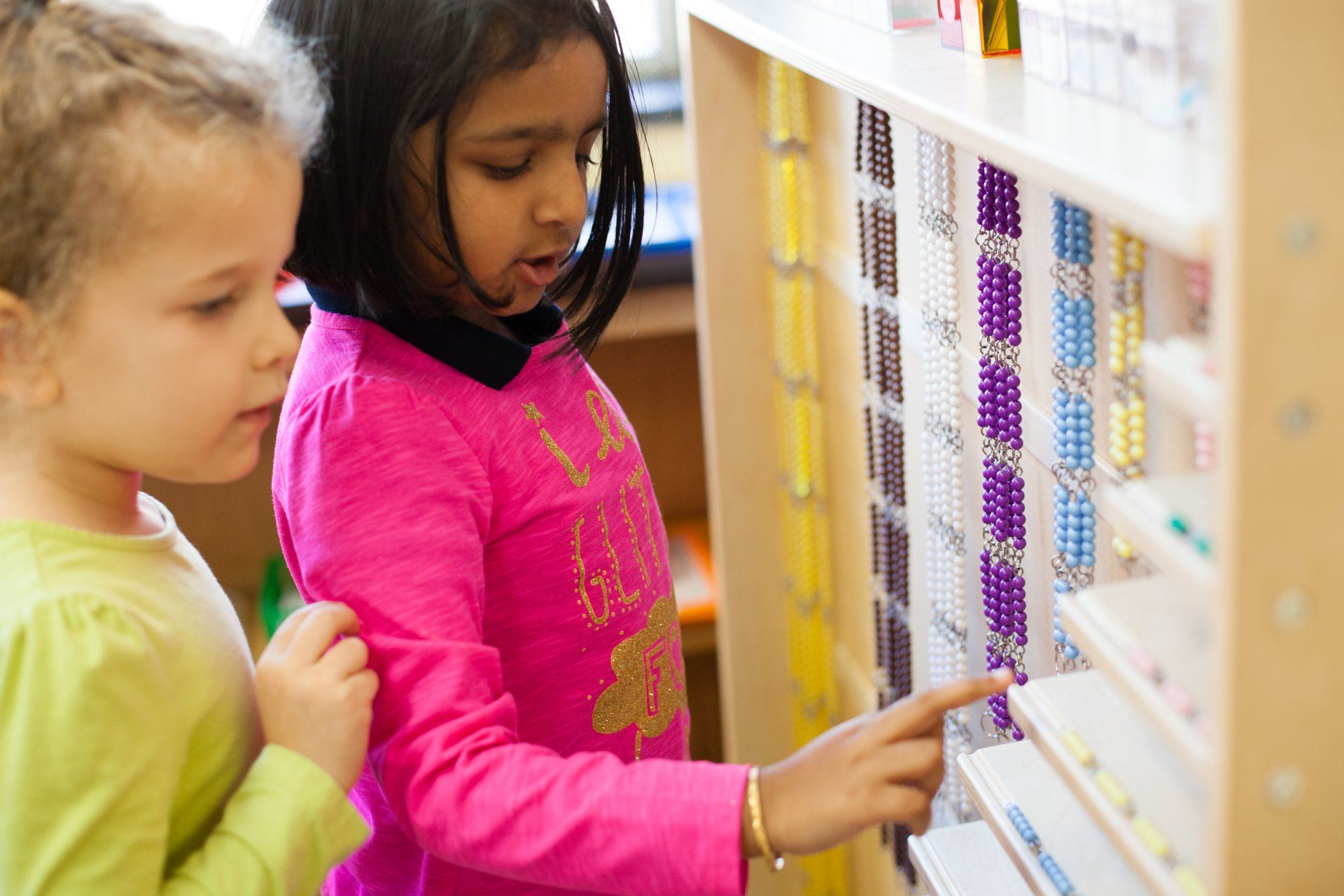
For a child to develop skills to know how they learn best, to have ownership over their own education, to be independently curious, to follow their interests, to seek out information, to challenge themselves, to struggle through challenges, to experiment and fail, and to learn for the sheer love of learning, they must have freedom to explore.
In a Montessori classroom, children must have privileges to move, choose, make mistakes, take their time, have responsibility, problem solve and repeat work. This autonomy is built into the Montessori environment, curriculum and work time. However, independent and self-directed learning is only possible if there are clear parameters and expectations in which the child’s exploration is done. These are the limits -or rules- of safety and respect. Our students are taught to be safe and respectful with themselves, with others, with the materials and with the environment.
“To let the child do as he likes when he has not yet developed any powers of control, is to betray the idea of freedom... Real freedom, instead, is a consequence of development; it is the development of latent guides, aided by education.” —The Absorbent Mind, Maria Montessori
In our community, students have the right to say how they feel but the responsibility to be respectful. Learning the social skills necessary to get their needs met while respecting the feelings of others is a major part of the primary curriculum. This is done mostly through modeling and grace and courtesy lessons. These lessons help the children independently navigate social situations.
The prepared physical environment and the teachers act as the child’s guides in the classroom, helping them understand the limits and reminding them of their benefits. These are the rules of freedom. For example, we push in our chairs to be safe. What would happen if all our chairs were left out? We are not instructing a child which chair to sit in, but we are instructing the child to be a thoughtful member of a group, no matter where they choose to sit. Students are taught to return work to the shelf where it belongs and to make sure it is ready for the next person. What would happen if we didn’t do this?
The Montessori environment is prepared very carefully. The work materials are well ordered and have a purpose. Each item is specifically designed to teach a concept or skill. The work has a built-in control of error, or self-correction, that allows the child to work independently.
Learning to intrinsically follow the rules because it benefits everyone and everything around us is one of the foundations of a classroom that can function cooperatively and peacefully as a harmonious place of learning. If we have the freedom to move, explore, talk, collaborate, teach, discover, make mistakes, take responsibility, help others, accept help, practice patience, delay gratification, and repeat a process as many times as we need, we learn how to do these things intrinsically. In a Montessori classroom, children are not doing these things to get a sticker or toy or to avoid a punishment – they do them because they benefit themselves, others, and the environment in which we live. Freedom within limits teaches children how to become responsible, respectful, confident and independent learners.
“The child who has never learned to work by himself, to set goals for his own acts, or to be the master of his own force of will is recognizable in the adult who lets others guide his will and feels a constant need for approval of others.” — Education and Peace , Maria Montessori
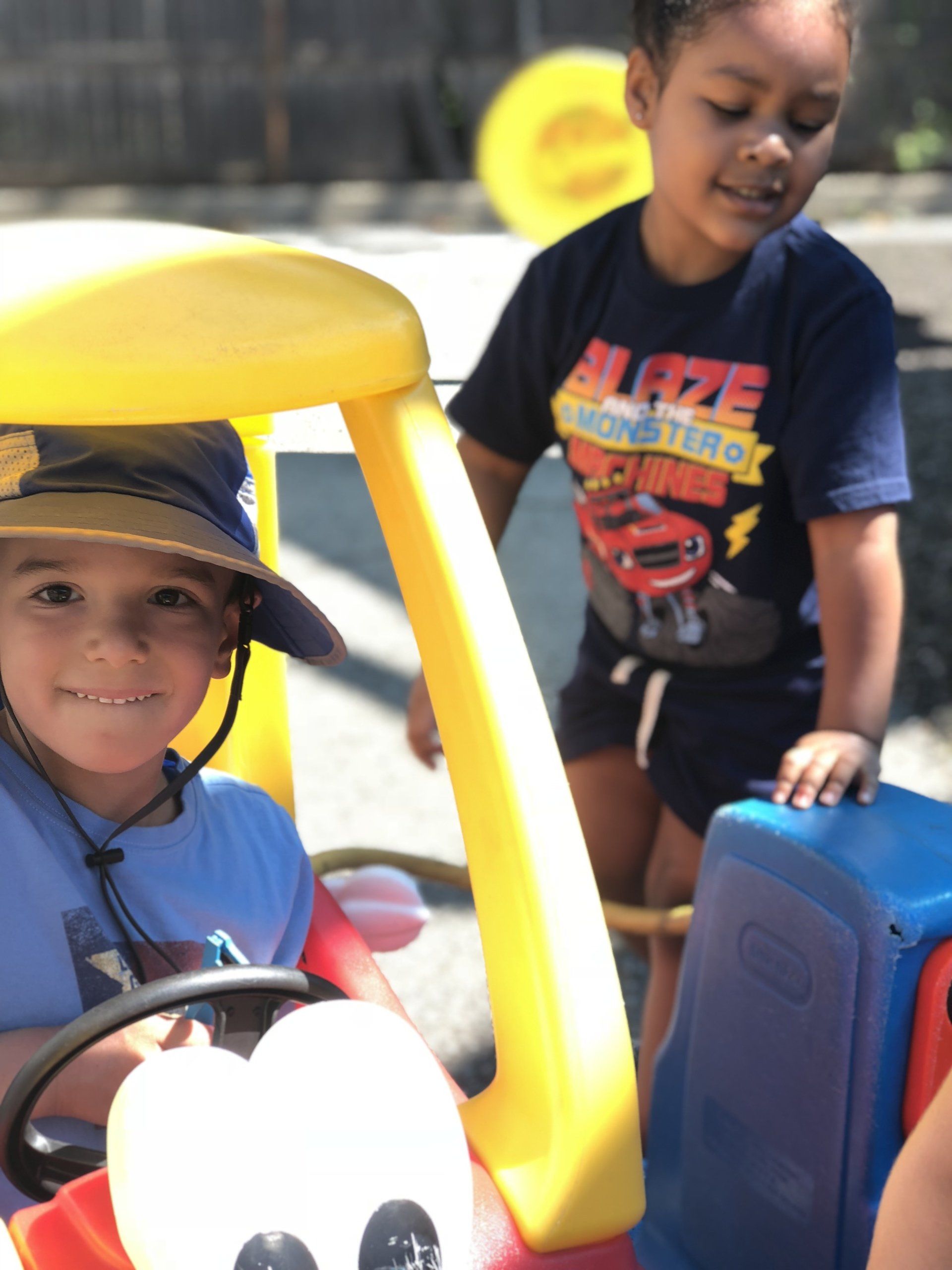
The start of the summer tends to line up with the end of another school year. And you know what that means: summer vacations, planning childcare, scheduled activities and more. Making sure your children have fun in the sun doesn’t mean they can’t learn while they’re doing it! Instead of babysitters and streaming cartoons, here are some fun activities or opportunities to keep your child’s mind geared towards learning year-round.
Gardening
Whether it’s the “I can do it myself!” phase for 0-6 year olds, or the “I can think it myself!” for the 6-12 year olds, gardening is a great opportunity for learning. Not only can they learn how plants grow with a proper mixture of sun, nutrients, and water, but they can also practice personal responsibility and being in charge of watering the garden or houseplants. You can build off of the garden for different crafts or learning: learning about butterflies and drawing or coloring new ones, teach them about vegetables and healthy eating, and more! Fruits & vegetables by the end of the summer is a tasty way to show the results of hard work.
Libraries
Summers are the busy time of year for libraries, as most offer summer programs for children and teens when schools get out. Visiting the Weaver or Riverside libraries can encourage that self-directed learning as they pick out books, help them practice reading, and help with that tricky bridge of abstraction—switching from concrete to abstract thinking. There’s always story times that can be fun for the little ones as well!
Exploration
What child doesn’t want to spend time running around outside when the weather is warm and the skies are clear. Finding nearby parks and trails to explore is that balance for both. Give them the opportunity to feel the breeze and bring a native plants & animals book to see if they can spot them. Parks like the Rose Larisa Memorial Park also offer fun history about Rhode Island.

Looking
for activities that will keep your kids busy on the weekends or during spring breaks? Give their energy some focus by
taking your family on these educational day trips in Southern New England.
There are plenty of great museums bringing history to life, entertaining outings with hands-on learning opportunities, and dazzling artwork displays. Here are just a few educational kids activities your whole family will enjoy.
Museums
Museum of Natural History and Cormack Planetarium
The Museum of Natural History is Rhode Island's only natural history museum and is home to the state's only public planetarium! The museum has served as a unique educational, scientific and cultural resource by offering exciting exhibits and programming that provide ways for children and families to learn about our world and its people.
For the local history buff in your family, the Museum of Work and Culture shares the stories of those living in Rhode Island’s mill towns in the late 19th and 20th centuries. Your kids can experience what life was like through nine immersive exhibits, audio and video presentations, hands-on activities, and more.
Fresh on the heels of reconstruction, The Warwick Center for the Arts aims to unite the community through a variety of arts activities. Exhibits, art camp for kids, and workshops will help bring out your child’s inner Rembrandt.
Outdoor Educational Activities
Looking to get your kids outside? These outdoor educational destinations will have your family learning and having fun under the sun.
Get up close and personal with the animals in one of the oldest zoos in the country at Roger Williams Park Zoo . What started as a small animal collection in 1872 has now grown to the home of more than 160 animals in natural looking surroundings. Other activities include rides and an ever-expanding list of special events.
With a hands-on experiential learning approach, Save The Bay environmental educators introduce families to everything Narragansett Bay has to offer. Your child can discover local marine life through Seal Watch Cruises, Bay Adventure Boat Trips, BayCamp, and the Exploration Center and Aquarium.
Delight your kids with a trip through the Green Animals Topiary Gardens . Featuring over 80 pieces of topiary, your kids can explore living plants sculpted into birds, animals, geometric shapes, and ornamental designs.
To feed
your child’s hunger to learn even more, Ocean State Montessori School fosters
independence, self-esteem, and a lifelong love of learning for children in
preschool through sixth grade. Learn more about providing a strong education
for your child by visiting the Ocean State Montessori School
website
or calling 401-434-6913
.
